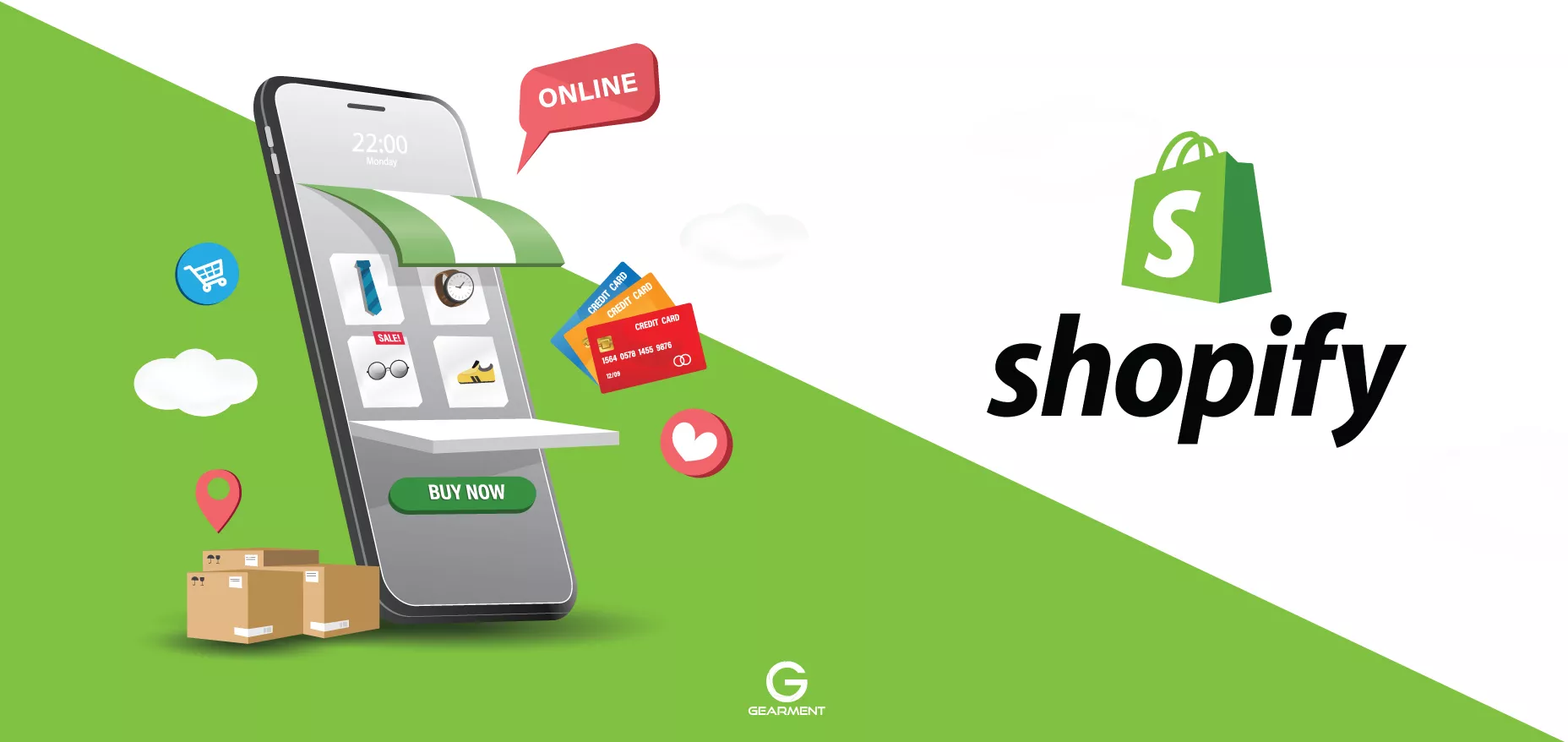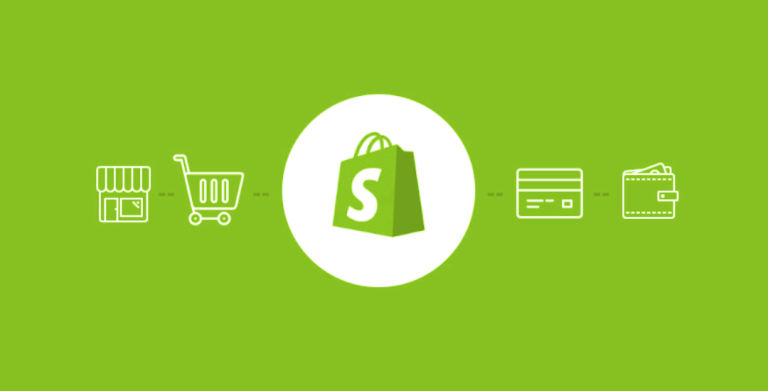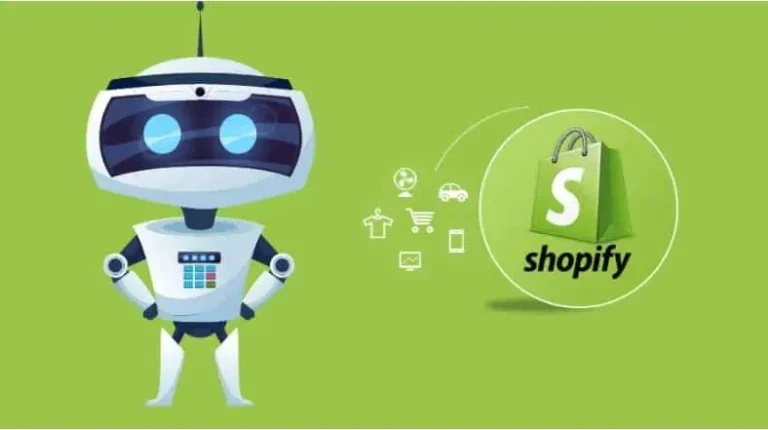Social Media
Success in the e-commerce world is not limited to offering quality products or competitive prices. The infrastructure you use directly influences many strategic decisions, from how you manage your business model to how you deliver the customer experience.
Switching to Shopify is not just a technical change—it can also mean a complete reshaping of your e-commerce strategy.
So, in what ways can this transition affect your strategy? Let’s take a closer look together.
1. Faster Time to Market = Faster Strategy
Shopify’ın sunduğu sade ve kullanıcı dostu panel, ürünlerinizi çok daha hızlı şekilde listelemenize, Shopify’s simple and user-friendly dashboard allows you to list your products much more quickly, launch campaigns rapidly, and create new collections instantly.
This means:
New product strategies can be tested faster
Time to market is shortened
You can easily adapt to campaign periods
In short, your strategy becomes more agile.
2. Multi-Channel Sales from a Single Hub
Shopify doesn’t limit your sales to just your website.
It integrates with channels like Instagram, Facebook, TikTok, and Google Shopping, allowing you to manage your products simultaneously across multiple platforms.
Thanks to this multi-channel structure:
You can run your strategy more integrated with digital marketing
Your brand visibility increases
Advertising performance can be better tracked on a product basis
3. Data-Driven Decision Making Becomes Easier
Thanks to Shopify’s built-in reporting tools, you can monitor key metrics in real time, such as:
- Best-selling products
- Cart abandonment rates
- Customer segments
This enables you to base your strategy not just on intuition, but on concrete data.
Strategy example: Product pages with low conversion rates can be identified and optimized accordingly.

4. Customer Experience-Centered Approach
Shopify’s themes and apps are designed to deliver a clean, fast, and consistent shopping experience for visitors. Strategically, this brings several advantages:
- Longer session durations
- Lower abandonment rates
- Higher customer satisfaction and repeat purchase rates
Any strategy that puts customer experience at its core contributes to long-term growth.
5. Easy Campaign and Discount Management
With Shopify, coupon codes, discounted products, timed promotions, and cross-sell offers can all be managed easily from a single dashboard. This enables you to execute your marketing strategies more quickly.
Scenario example:
20% discount on a specific category → publish with one click → monitor real-time results.
6. Infrastructure Aligned with International Growth Strategy
Shopify’s support for multiple languages, currencies, and regional tax/exchange settings offers a major advantage for brands aiming to expand into international markets.
Strategic impact:
- Appeal to global customers by offering a localized experience
- Test new markets at a lower cost
- Manage all operations from a single hub
7. Less Technical Effort, More Strategic Focus
Shopify handles technical tasks like security, updates, and maintenance on your behalf. This frees up more time for you and your team to focus on marketing, growth, and strategic planning.
Switching to Shopify isn’t just a platform change—it’s a move that strengthens key pillars of your e-commerce strategy such as speed, agility, and customer centricity.
With simpler management, powerful integrations, and data-driven decision making, it not only streamlines your current operations but also paves the way for your growth strategies.
To learn more about Marker Groupe’s development services, visit MarkerGroupe.com or reach out to us via hello@markergroupe.com.




